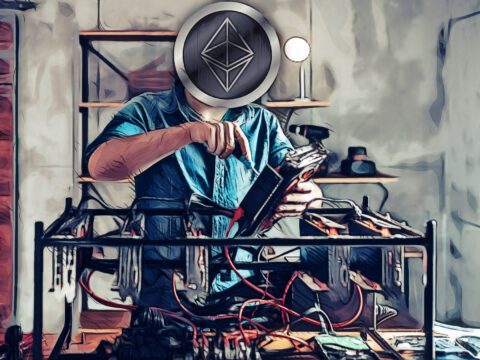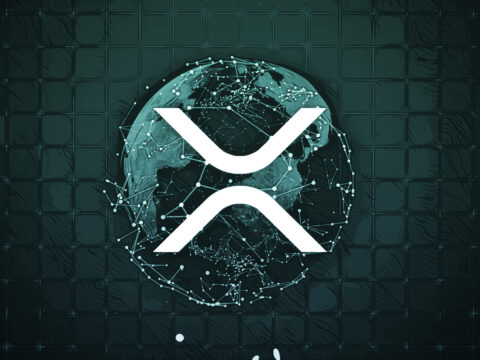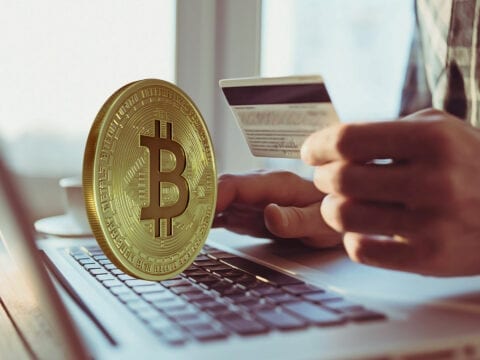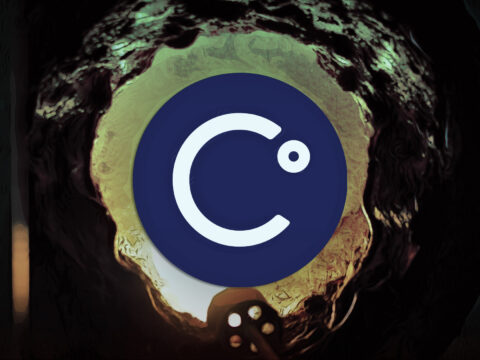
The Terra (LUNA) project is built to be a stablecoin that can be used commercially and develop useful ecosystems amid the explosion of blockchain and DeFi projects. It isn’t limited to a single currency and can operate with many fiat currencies.
LUNA is a token that plays a vital role in the Terra project.
Terra functions as decentralized stablecoins with the ability to contract and expand the supply chain to maintain a stable unit price. With a superior capacity over fiat currencies, Terra operates under decentralized protection, eliminating the risk of errors and price attacks.
Since its launch, Terra has created a solid ecosystem backed by TMON (Ticket Monster), one of the 10 largest e-commerce companies in Korea, with over 40 million users. This is one of the biggest advantages that guarantees liquidity and determines the actual use-value of the coin.
In addition to having its own stablecoin to reduce transaction fees, Terra also released the second cryptocurrency in its ecosystem, called LUNA, with a fixed supply. LUNA will create rewards for anyone who makes Terra transactions.
What Is the Purpose of Terra (LUNA)?
As a blockchain project for e-commerce, Terra’s initial objective was to solve the use case for a cryptocurrency. The lack of real-world use cases is one of the roadblocks to driving blockchain applications to mass adoption by mainstream users.
The second point that Terra wants to focus on is price volatility. While LUNA isn’t specifically designed to create stabilization in the markets, it can be used to do so.
When necessary, LUNA tokens can be used to ensure a stable value for Terra. In addition, Terra operates under decentralized protection in terms of solvency to eliminate the risks of price attacks and other market dangers.
Terra also allows voting based on a democratic process. This ensures that economic growth is distributed fairly through a democratic consensus mechanism rather than via a system of elected representatives.
How Does Terra (LUNA) Work?
Basically, the way Terra works has some common points with the Earth-Moon model. Terra has a dual token mechanism that includes Terra and LUNA. The Terra system stabilizes prices by expanding and contracting the Terra token supply to fix the exchange rates.
In other words, when the exchange rates fall below the fixed price, the platform will buy back Terra from the market and burn it, contracting the supply.
On the other hand, when the rates rise above the fixed price, the system will issue more Terra and take votes from Luna validators to participate in decentralization spending for the system to function properly.
The Terra blockchain functions through a Tendermint-based Proof-of-Stake consensus algorithm. LUNA token holders stake their tokens as collateral to validate transactions, receiving rewards corresponding to the amount of LUNA bet.
Token holders can also authorize others to validate transactions on their behalf and share in any revenue that is generated. LUNA token holders are in a governance position in the Terra ecosystem and can earn an income from their holdings.
Users can swap between Terra’s stablecoins which include: TerraUSD, TerraEUR, TerraCNY, TerraJPY, TerraGBP, TerraKRW, TerraSDR all of which correspond to the world’s leading currencies like USD, EUR, CNY, JPY, GBP, KRW, and the currency of the IMF – the SDR.
Users can apply Terra to daily payments for goods or services provided by e-commerce platforms in Terra’s ecosystem. Terra is also used to reward miners who vote on determining the price of the coins in the Terra network, with LUNA acting as the governance token of the network.
Terra can also create many stablecoins that form the international payment network. Like many other tokens, LUNA can also be used as a means of payment with anyone who will accept it as a store of value.





